Australia So Much to See


Silverton, New South Wales - a mining ghost town?
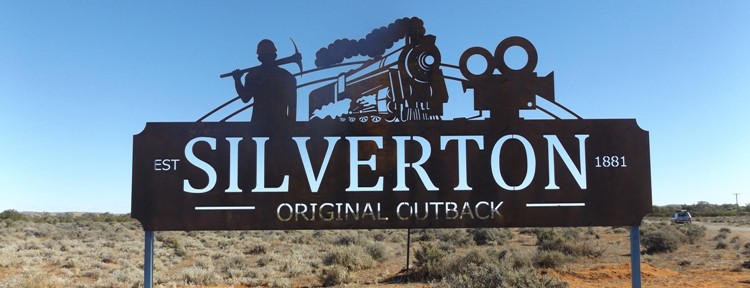
The Interceptor Love Child Story
One balmy night, the Mad Max Interceptor grabbed a bottle of nitro and proceeded across the
hill for some party time with two emu badged Volkswagen girls. Ot was a long night and a great time was had by all. In
the early hours, the Interceptor returned to its garage before its owner was aware it had gone missing. Well six months to the
day, being 9th of October 2010, the Interceptor is the proud father of his love child you are now viewing.
PS A DNA test
will be conducted to find out the mother, as both VWs are claiming rights.
In 1875 two men drilling a well on a Thackaringa station south of the present town hit a lode of silver.
Patrick Green, a storekeeper
at Menindee, staked out a claim and named it the Pioneer mine. Nothing came of the discovery and the sample was lost when it was sent
to England for assessment.
In 1880 it was recognised that there were rich deposits of silver in the area and 300 miners flooded
into the district.
In 1881 John Stokie established the Umberumberka claim. See photos at right. Prospectors arrived and a settlement of around 150 people, known as Umberumberka, grew up two kilometres south west of the current Silverton townsite. Due to lack of water, an alternative settlement was established. Initially known as Umberumberka Creek, the settlement was soon renamed Silverton.
Umberumberka is said to mean "native rat hole" and appears to have applied to a wider area which encompasses Silverton. The Umberumberka Mine and settlement initiated mining and settlement in the Silverton area.
Silverton was surveyed in 1883 and
by September the population was 250 and by the end of the year had risen to 500. Daydream mine also opened in 1883 and attracted an
additional population with an estimated 500 people living in and around the township of ‘Wilson’, named after the mine manager.
In
1884 1,222 mineral leases, 937 business permits and 114 miners' rights were issued. 6,000 tonnes of ore were extracted and the town
acquired its own newspaper, the Silver Age.
By 1885 the Silverton’s population had reached 3,000. Silverton was proclaimed
a township, and a declared a municipality in 1886.
1892 saw the Umberumberka mine closed. It was followed by the closure of Daydream mine. The Thackaringa mine closed in 1897.
The
rapid depletion of the high grade ore around Silverton, along with the discovery of an even richer silver-lead-zinc ore body in nearby
Broken Hill, led to a sudden decline in Silverton's population.
By 1901 after miners had moved to the richer fields at Broken Hill, houses were moved and only 286 people remained in the Silverton area, but the town remained popular as a venue for recreational outings by Broken Hill residents.
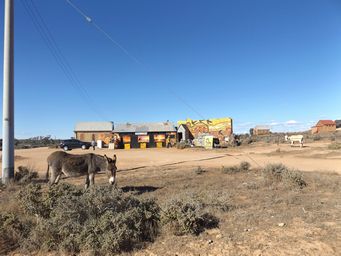
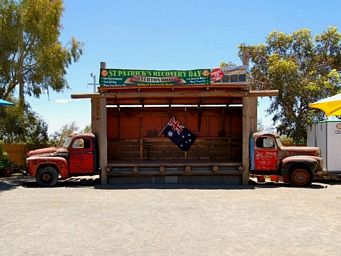
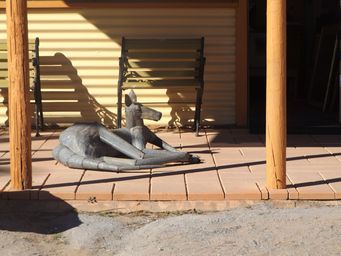
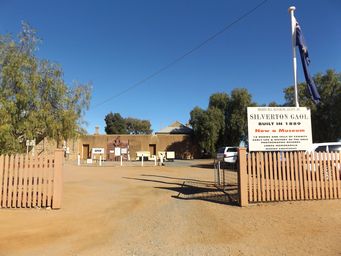
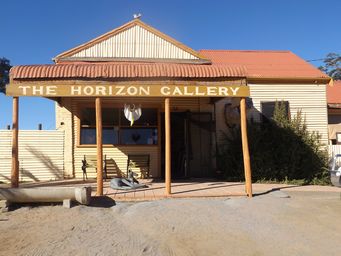
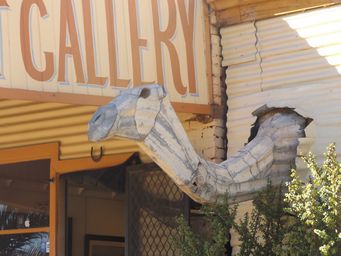
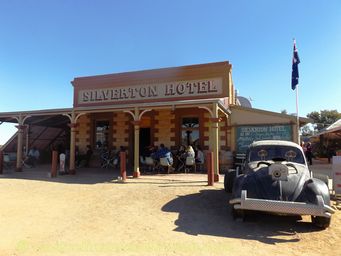
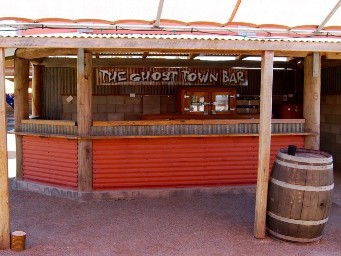
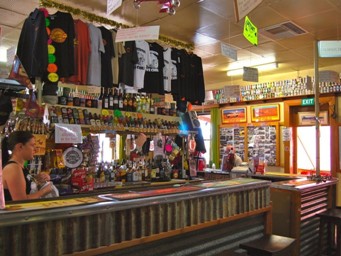
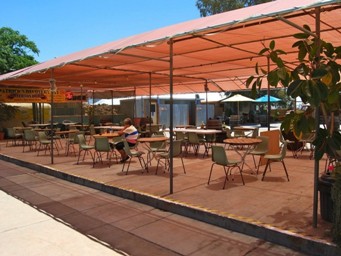
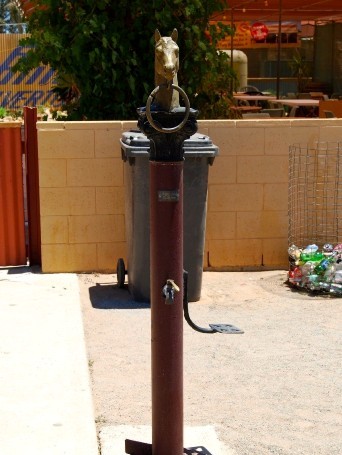
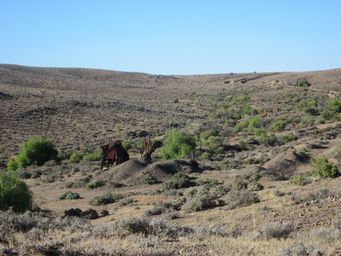
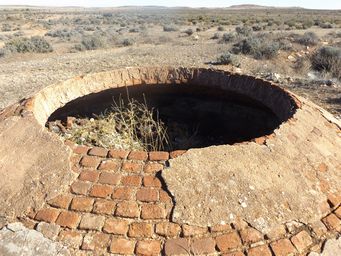
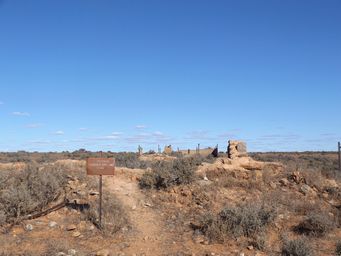
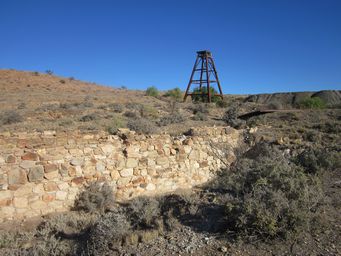
Silverton is well known as the venue for the movie Mad Max 2 and a number of other movies. See previous page. But Silverton
is more that that. It is a quaint little remnant of a mining town, with a history that pre-dates the mineral discoveries in
Broken Hill.
Only 26 kilometres north west from Broken Hill, there is a permanent population of around 50 people. There are several art galleries and museums, a few old ruins, and a Hotel which is a popular spot for meals and functions.